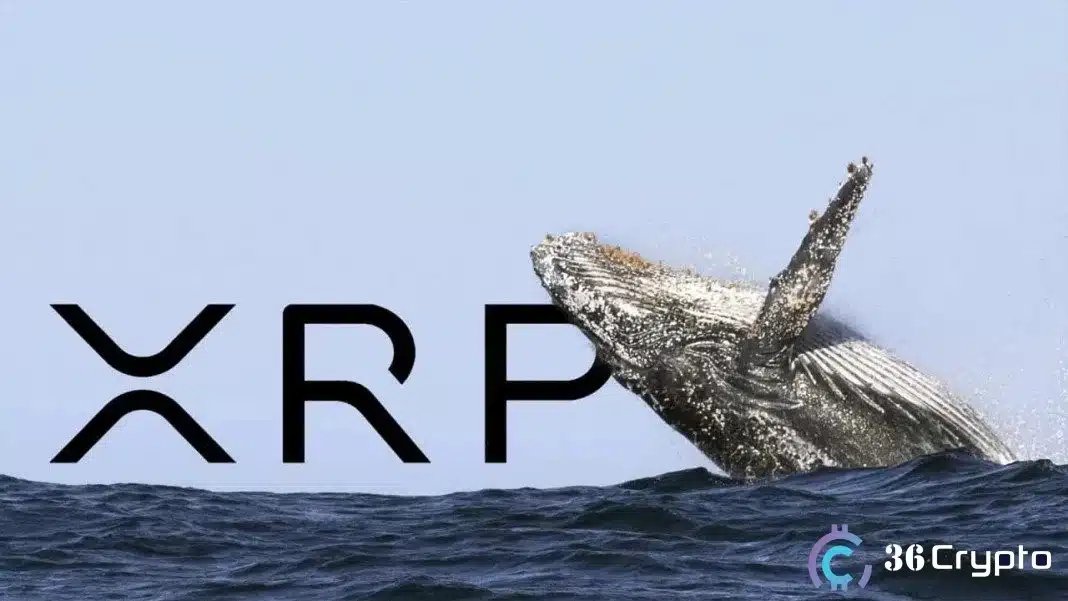DeFi Aggregators Explained: A Beginner’s Guide

Introduction
Imagine the hustle you have to go through when you go shopping. You want to find the best deal for a commodity, but you need to visit the entire market lest you end up buying things at higher rate. Sometimes others may help you if they have shopped economically, or you may be guided by the marketing agents of different brands. However, in the decentralized world of cryptocurrencies, there is no middleman. You can find the best deal only when you spend some time on various decentralized platforms. Luckily, there are some facilitating applications and software that do this hard work for you. They scan DeFi platforms and find the best deal for you.
What are DeFi Aggregators?
DeFi aggregators are applications, websites or software at your disposal to serve you in finding the best deal for a crypto transaction. They browse and search decentralized exchanges, lending protocols and liquidity pools. In addition to finding the best prices, these tools also let you know about the lowest fee opportunities with minimum to no slippage. Moreover, they are not just for buying or selling tokens. You can also swap your assets using DeFi aggregators.
1 inch, Yearn Finance and Zapper are the most popular DeFi aggregators in the market at the moment.
Working Mechanism of DeFi Aggregators
Just like price comparison tools that work for online shopping, DeFi aggregators keep on scanning DEXs to find the best prices, available liquidity, annual percentage yield (APY), and lending rates. Their search is facilitated by Application Programming Interface (API) of the respective platforms, oracles like Chainlink and Pyth Network, and smart contract interactions.
DeFi aggregates have mind-blowing speed, and they can scan dozens of platforms per second. Speed through scanning and security through smart-contract interactions make DeFi aggregators extremely useful.
Finding the Best Path
Once DeFi aggregators have scanned the relevant decentralized platforms, the next important step is to find where to lead your transaction. These tools have the ability to run efficiency algorithms so that they can decide the best route for carrying out your transaction.
They can even split the transaction into pieces to make it more economical. For example, carrying out the whole buying, selling or swapping on one exchange may build up some nasty trading fees as some exchanges increase their fees dramatically when the transaction crosses a threshold. You can understand it when you suppose that you need to buy some grocery, but the nearby stores charge way too much. The distant stores have enough stock and reasonable prices. You have to consider the time and fuel expenses if you are to visit the other stores. This calculation can be complicated but tools like Defi aggregators can help you in such situations.
Smart contracts in Action
You can understand smart contracts as digital agreements woven into the very fabric of blockchains. These are the programs that eliminate the need of an intermediary in crypto trades. Smart contracts also get errors and delays out of the equation. DeFi aggregators take a trade to the smart contracts after scanning all the platforms and choosing the best possible route for the transaction.
Smart contracts are built in such a way that the transaction is either filled as a whole or fails altogether. This is in stark contrast to what happens on centralized exchanges, which run on order books. Sometimes a fraction of your coins still linger in your portfolio even though you had sold them all. This happens because sometimes, your order does not exactly match the buyer’s orders.
Advantages of Defi Aggregators
1. Time Saving
DeFi aggregators saves you a lot of time that you can spend in more constructive activities like learning trading strategies, etc. Had there been no aggregators, you would have consumed hours of time browsing prices, finding suitable deals, and selecting the appropriate exchanges. Your time and effort are both saved by DeFi aggregators.
2. Hunting Best Deals
When you search the markets manually, you may settle for a compromised price. This is just like buying something from the market and then finding that your friend has bought the same thing for half of the price you have paid. Fast and secure algorithms of aggregators give you the best available deal.
3. User Friendly
Blockchain network and decentralized exchanges can be intimidating for newcomers. One of the most underrated benefits of aggregators is that they lead beginners through the complexities of crypto trading seamlessly. These tools have very simple dashboards that let users choose many options like gas fees or slippage tolerance.
4. Increased Liquidity
Their being user friendly brings added liquidity to the market. Many would rather not have invested if they had not been facilitated by the aggregators.
5. Competition
Since the developers and managers of every network know that aggregators are scanning their fees and prices 24/7, they are tempted to make their blockchains more and more competitive in terms of trading fees. Again, the credit goes to the DeFi aggregators.
Drawbacks
1. Hiccups on Smart Contracts
As mentioned earlier, the working mechanism of DeFi aggregators comprises the steps that include interaction with smart contracts. Occasionally, there are bugs or vulnerabilities in these smart contracts. Sometimes these are intentionally put there to catch preys. Painful financial loss can result from such issues.
2. Volatility Running Ahead of Aggregators
Suppose you have decided to trade when there is an important event unfolding. Charts are projecting insane candles that defy any technical or fundamental analysis. In such a situation, even the speed of aggregators can land you in uncharted territories, and you may end up making bad deals. By the time aggregators decide the routes of your transaction and get to the smart contracts, prices may jump or plummet.
Bottom Line
Blockchain and cryptocurrencies may be difficult to tackle when the variety and complexity of the trading is taken into account. DeFi aggregators make the matter tangible even for beginners by scanning the entire market in seconds and finding the best deals. However, interaction with smart contracts on the blockchain can be problematic, and this is undoubtedly the only con of these otherwise highly useful tools.
You May Also Like

You’re Still Early: The Calm Before Milk Mocha ($HUGS) Goes Global

Whales Dump 200 Million XRP in Just 2 Weeks – Is XRP’s Price on the Verge of Collapse?
